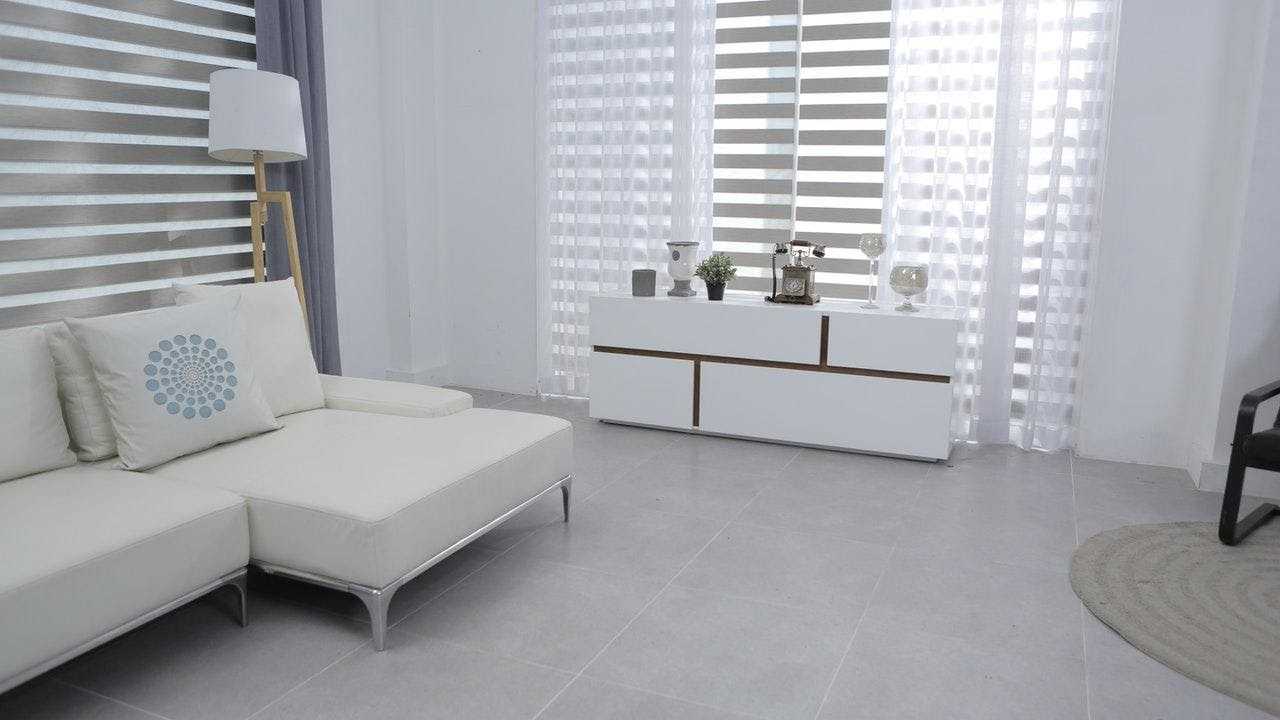
How Non-Slip Concrete is Mixed and Applied
Though concrete has many benefits as a flooring material, it also has a couple of key drawbacks. For example, the fact that a little rain makes it slippery. Sadly, this is amplified with sealed or colour hardened concrete. In some environments, this is incredibly dangerous, and this is why non-slip concrete has grown in popularity in recent times.
What’s Non-Slip Concrete?
As the name suggests, this is a form of concrete that has been mixed differently to make it more slip-resistant. Over the years, non-slip concrete has found use in both residential and commercial projects. For example, this might include a car garage. As soon as it rains, concrete becomes slippery and both clients and mechanics are at risk of slipping over. With a non-slip surface, the risk reduces, and mechanics can perform their role more confidently.
Mixing Non-Slip Concrete
It’s fair to say that experts have tried several different solutions to this problem, but there are two that stand out above the rest currently.
1. Use a Gritty Material
Firstly, every builder will have their own version of this, but a common solution is to add a gritty material to the sealer. With this material now in the sealer, it’s already mixed in for application and will help once dried. Alternatively, you might choose to use a rough tape or use a textured overlay. There is always a texturing process that could be applied by Melbourne concrete grinding experts, by grinding small crevices into the cement, you can create a non-slip texture on the floor’s surface.
If the concrete is already down and you’re looking for a temporary solution, it’s important to note that rubber mats are available on the market. After placing these on the ground, you’ll have better grip when walking around. However, this is only a temporary solution and not advised if you have other options. Among other things, it’s ugly to put mats on the floor rather than using a non-slip concrete.
2. Texture the Concrete with a Broom
You might think that this is a joke, but more and more people are using this top tip to create a non-slip concrete surface. Not only is this solution cheap, but it’s also actually incredibly effective. We recommend a broom finish for driveways, patios, and for commercial projects. Despite all the technology we’ve seen in recent years, not much comes close to this old-school method.
3. Applying a Non-Slip Concrete
When using a gritty material, this should be added in the sealer stage before application. From here, it’s a case of applying the concrete as normal. On the other hand, there’s a bit more to the broom approach.
4. Timing
First and foremost, please don’t broom immediately after laying because you’ll weaken the surface (and this means headaches later!). Yet, you don’t want to wait too long because you’ll struggle to get the non-slip texture you desire. Ideally, the concrete should be soft, but the bleed water won’t have dissipated just yet.
5. Process
While some builders will bull float and then broom, others use a trowel. However, the process you choose depends on your experience. When you trowel, the brooming stage gets gradually harder. Therefore, it might be wise to skip the trowel altogether.
If you have a standard broom, pull the broom towards you rather than pushing it away. Why? Because this gives you more control. When you start pushing the broom away, it could skip across the surface and jump away from you. Also, try to do one patch at a time rather than the whole space in one go.
For those who feel nervous about mixing or applying non-slip concrete, get in touch with a professional for advice or assistance!





